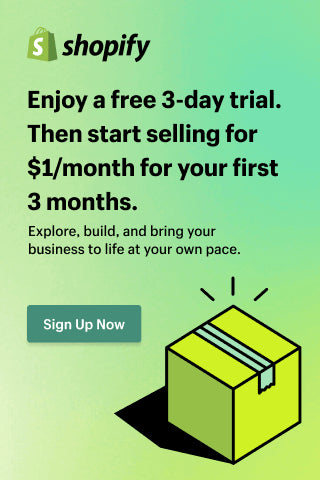The Complete Guide to Ecommerce Revenue Optimization
Ecommerce revenue isn’t just about getting more traffic or running discounts. It’s the result of a finely tuned system where traffic, pricing, conversion, support, and retention all work together. With customer acquisition costs rising and expectations higher than ever, optimizing revenue isn’t optional—it’s essential.
Key Elements of Revenue Optimization
- Traffic Generation
- Product Pricing
- Conversion Optimization
- Cross-Selling, Upselling, and Subscriptions
- Support
- Retention and Cultivating a Following
Traffic Generation
- Paid Campaigns: Optimize for buyer intent, not just clicks. Segment by funnel stage, target with different creatives, and test offer-first ads.
- Influencer Marketing: Focus on micro-influencers who have high trust and relevance rather than just large follower counts.
- SEO: Shift from broad keywords to conversion-topics and build landing pages for clusters that align with what users really want.
- Email & SMS: These are high-ROI channels. Use behavior-based segments and create flows for welcome, cart abandon, and flash promos.
- Offline Channels: Things like direct mail or postcards triggered by site behavior can re-engage customers in a tangible way.
Product Pricing
- Don’t just compete—position: Value-based pricing helps differentiate instead of undercutting.
- Price anchoring: Use decoy or higher-priced options to frame perception of value.
- Dynamic or regional pricing: Adjust prices by geography, local currency, or purchasing power.
- Monitor pricing elasticity: Track how changes in price affect demand, AOV, and LTV.
Conversion Optimization
- Page speed: Fast load times are expected—slow pages kill conversions.
- A/B testing: Test one variable at a time—product titles, CTAs, images, etc., to isolate what drives impact.
- Personalization: Show relevant content, promos, or suggestions based on location, behavior, or past purchases.
- Micro-conversions: Optimize for smaller actions (filter use, quiz completions, email opt-ins) along the journey.
- Trust signals: Use customer photos, reviews, secure checkout badges, and clear shipping/return policies.
Cross-Selling, Upselling, and Subscriptions
- Cross-Selling: Recommend items that complement what’s in the cart. Use “Pairs well with” / “Complete the look” etc.
- Upselling: Offer higher-value versions, bundles, or upgrades with clear benefit messaging.
- Subscriptions: Turn one-time buyers into recurring customers. Provide options, perks, and reminders to reduce churn.
- Placement matters: Position upsells and cross-sells near cart button, inside cart drawer, or just after checkout where relevant.
Support
- Reduce support volume: Prevent tickets by improving product descriptions, size guides, FAQs, and shipping/returns info.
- Fast responses: Speed up support to reduce cancellations and refund requests.
- Automate wisely: Use bots/autoresponders for common questions, but ensure human fallback for complex or high-value issues.
- Identify revenue leaks: Use support ticket data to spot repeated friction areas and fix them upstream.
Retention & Cultivating a Following
- Prioritize repeat customers: They convert more often, cost less to acquire, and drive stable revenue.
- Email/SMS post-purchase flows: Use welcome, win-back, milestone, and loyalty-tier messaging to encourage repeat purchases.
- Community & content: Invite customer UGC, highlight stories, build social groups around your brand identity.
- Loyalty programs: Give rewards beyond discounts—experiences, tiers, and badges help lock in customers.
- Consistent brand identity: Maintain tone, visuals, and messaging across every touchpoint to reinforce trust.
